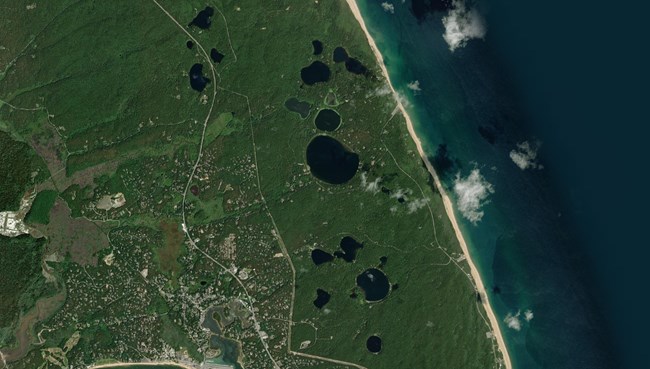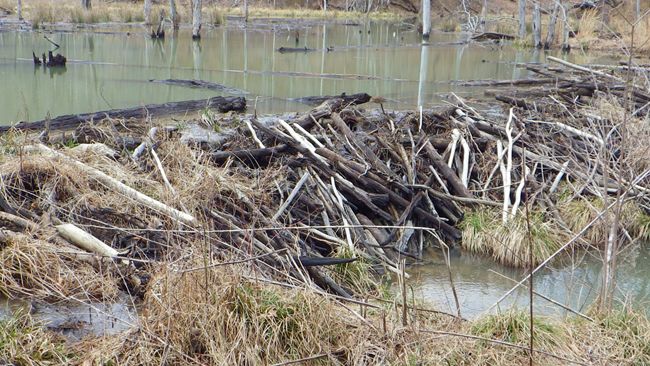
NPS photo
Although some wetlands can form relatively quickly, many others took thousands of years to develop. Here are some of the processes that form or modify wetlands:
Flooding of coastal lowlands
Extreme flooding during storms and rising sea level transforms some coastal lowlands to coastal marshes. Barrier islands or reefs protect these marshes from crashing waves. Coastal wetlands also form in areas where rivers reach the ocean. While flowing, the rivers deposit some sediment in coastal areas. Then, plants can take root and hold the soil firm to protect the marsh from the forces of tides and waves.River floodplains
River floodplains develop from erosion processes and sediment depositing on riverbanks during floods. When there is enough water saturation on riverbanks, “riparian” wetlands form. These riparian wetlands change as new river channels form and floods either scrape away or deposit new sediment.
Glaciers
Glaciers helped to create wetlands in the northern states 9,000-12,000 years ago. Large wetlands formed when glaciers dammed rivers, scoured valleys, and reworked floodplains. As Earth’s climate warmed and the ice age ended, glaciers began to recede. As the glaciers moved, they left behind large blocks of ice which formed pits in the land. Many of these depressions later filled with water if they had poor drainage or intersected the water table. These areas became wetlands.Other forces of nature
Wind action in the sand hills of Nebraska formed depressions, many of which have become wetlands. Wetlands may also form in "sink holes" and other areas where percolating water has dissolved bedrock. Earthquakes can create wetlands by damming rivers or causing land to drop down near the water table or shoreline. Waterfalls often have lush wetland vegetation under and around them, sustained by the spray. Coastal processes such as currents and wave action can form, sustain, modify, or eliminate wetlands over time.
NPS photo
People
Some "incidental" wetlands are formed when highway and dam construction, irrigation projects, or other human activities alter drainage patterns or impound water. Government agencies, conservation groups and individuals intentionally create and restore wetlands. Research to improve restoration methods continues.Beavers
Beavers once played a more significant role in forming smaller inland wetlands by damming rivers and streams. Though trapping has greatly reduced the number of beavers in the U.S., recent wildlife protection measures have resulted in recovery of beaver populations. Beaver dams may last in excess of 100 years, though many are shorter-lived.Last updated: May 16, 2025
